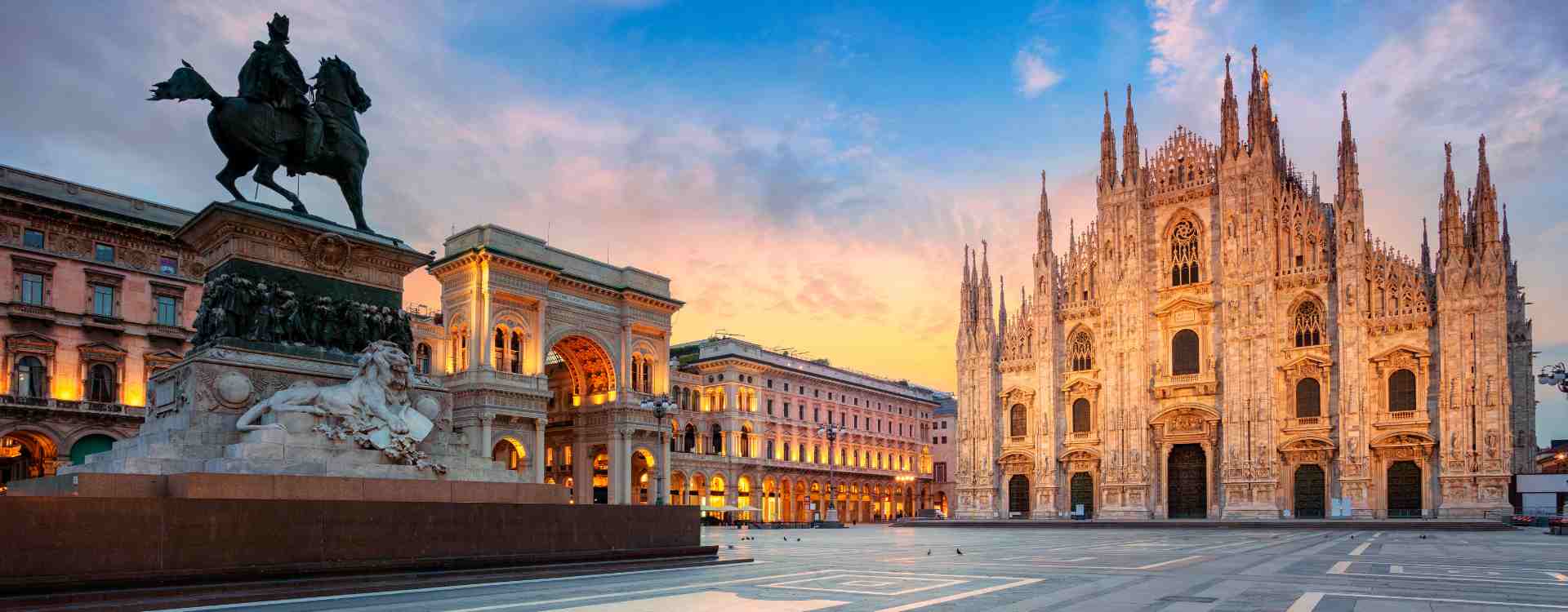
Most Incredible Gothic Cathedrals In Europe
As you roam around Europe, you’ll be awestruck by the many awe-inspiring examples of Gothic architecture. While Gothic cathedrals stand out the most among them, there’s no shortage of other buildings that embody this striking style. The intricate details of the pointed arches, towering spires, and flying buttresses effortlessly capture the medieval essence. Stained glass windows in these masterpieces have a unique charm, illuminating the interior with a kaleidoscope of colourful light. Whether you’re in Barcelona admiring the Sagrada Familia or in Paris marvelling at Notre Dame, each cathedral has a unique story to tell that will leave a lasting impression. No matter where you travel in Europe, the breathtaking Gothic cathedrals will be impossible to miss and forget.
History of Gothic Cathedral Architecture
What Is Gothic Style Architecture?
Westminster Abbey – London, United Kingdom
Westminster Abbey is in the heart of London, opposite the Houses of Parliament. Construction of the present Abbey, which we see today, began in 1245 under the orders of King Henry III. It is one of the most impressive landmarks of Gothic architecture in the United Kingdom. Many Royal weddings and coronations have taken place here, and it is still used regularly today for worshipping and other events.

Cologne Cathedral – Cologne, Germany
Cologne Cathedral is Germany’s most visited landmark and has become a World Heritage Site. Although being the 4th tallest cathedral in the world, the vast twin spires give the impression of being the largest. Climb the Cologne cathedral steps, all 533 of them, and immerse yourself in the awe-inspiring views from 100 metres above the city.
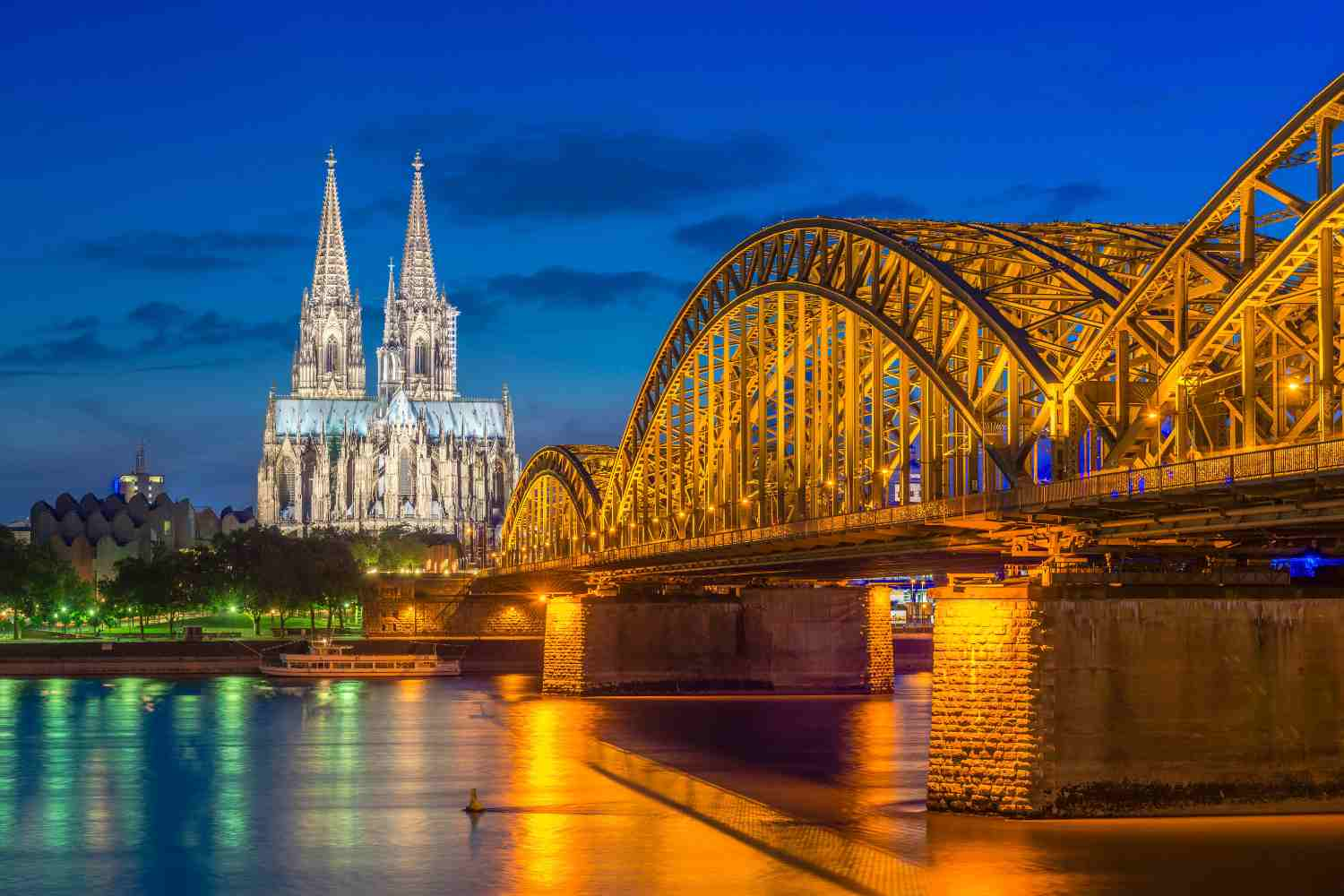
Church of St Anne – Vilnius, Lithuania
Located on the banks of the Vilnia River, you will find the Church of St Anne. This striking Gothic church is an architectural masterpiece. The use of bricks gives the building a unique feel. The original church, which was replaced due to a fire which destroyed it in the 1400s, was initially made of wood. The church as it is today even made an impression on Napoleon, who, when marching his soldiers through the city, wanted to take the church back to Paris in the ‘palm of his hands’.

Chartres, Cathedral – Chartres, France
Chartres Cathedral is one of the best examples of a Gothic cathedral due to how well it has been preserved. This cathedral exemplifies all the Gothic architectural styles with its heavy flying buttresses. At the front, you will find two contrasting spire styles. The interior is simply incredible. In the middle is what is called the Chartres Cathedral Labyrinth. The labyrinth is a maze set into the floor stones, but the reason for its existence is still a myth.

Notre Dame – Paris, France
The Cathedral of Notre Dame is probably the most well-known Gothic cathedral in Europe. The sculptural decoration you will see both inside and out is astonishing. An illustration of the Last Judgment is on display on the large centre arch. Unfortunately, many of the religious elements of the cathedral were destroyed during the French Revolution in the late 1700s. An extensive restoration project followed in the 1800s due to a more unlikely source. A writer called Victor Hugo wrote the novel ‘Hunch Back of Notre Dame’. The story was written to raise awareness of the value of Gothic architecture in an era where most was being destroyed and replaced.
Sadly, in April 2019, the Notre Dame Cathedral in Paris suffered a devastating fire that destroyed much of its roof and spire. The flames spread quickly due to old construction materials and the building’s age, but firefighters managed to contain the blaze before it could cause further damage. The fire was an enormous loss for France and devastated the local community.
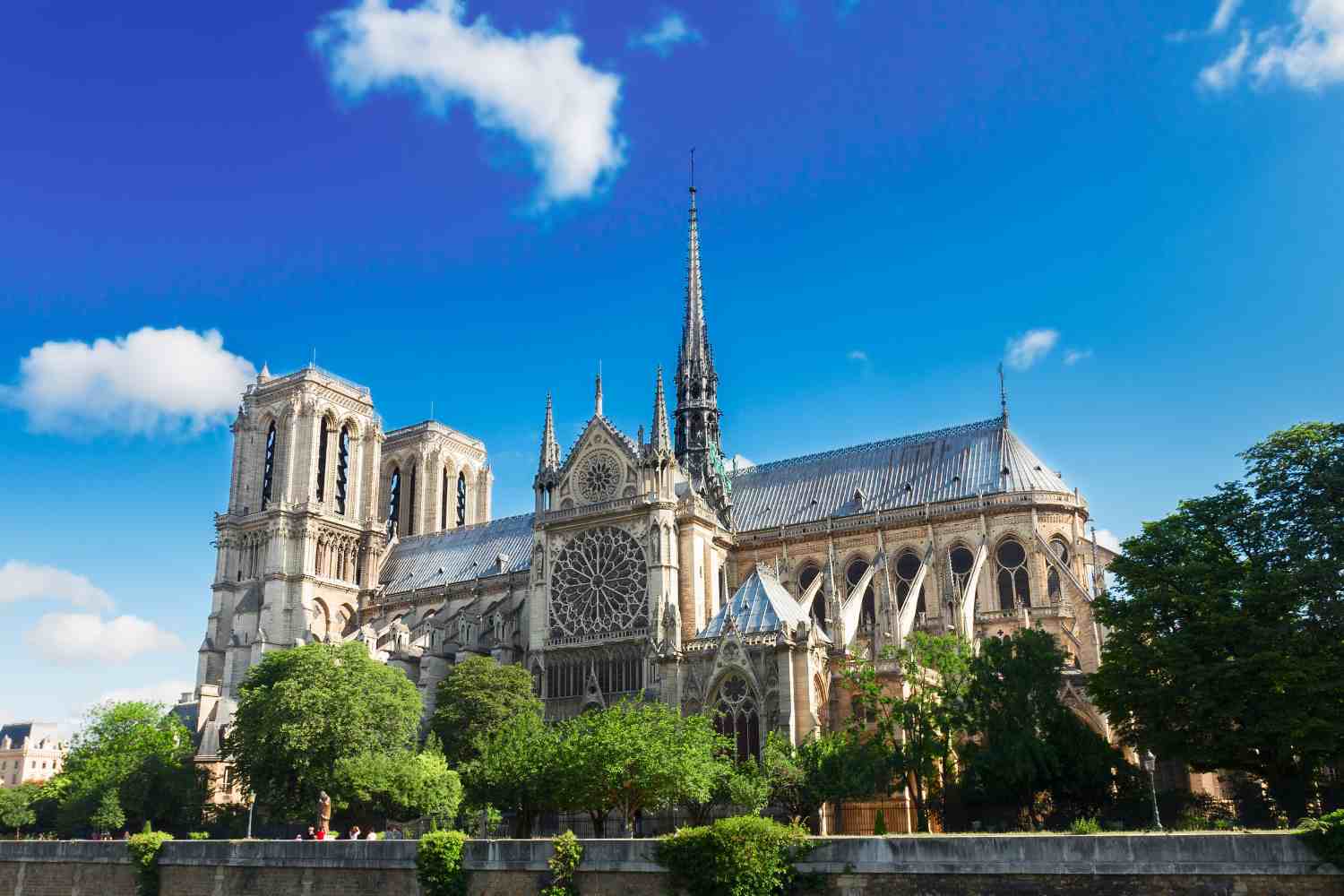
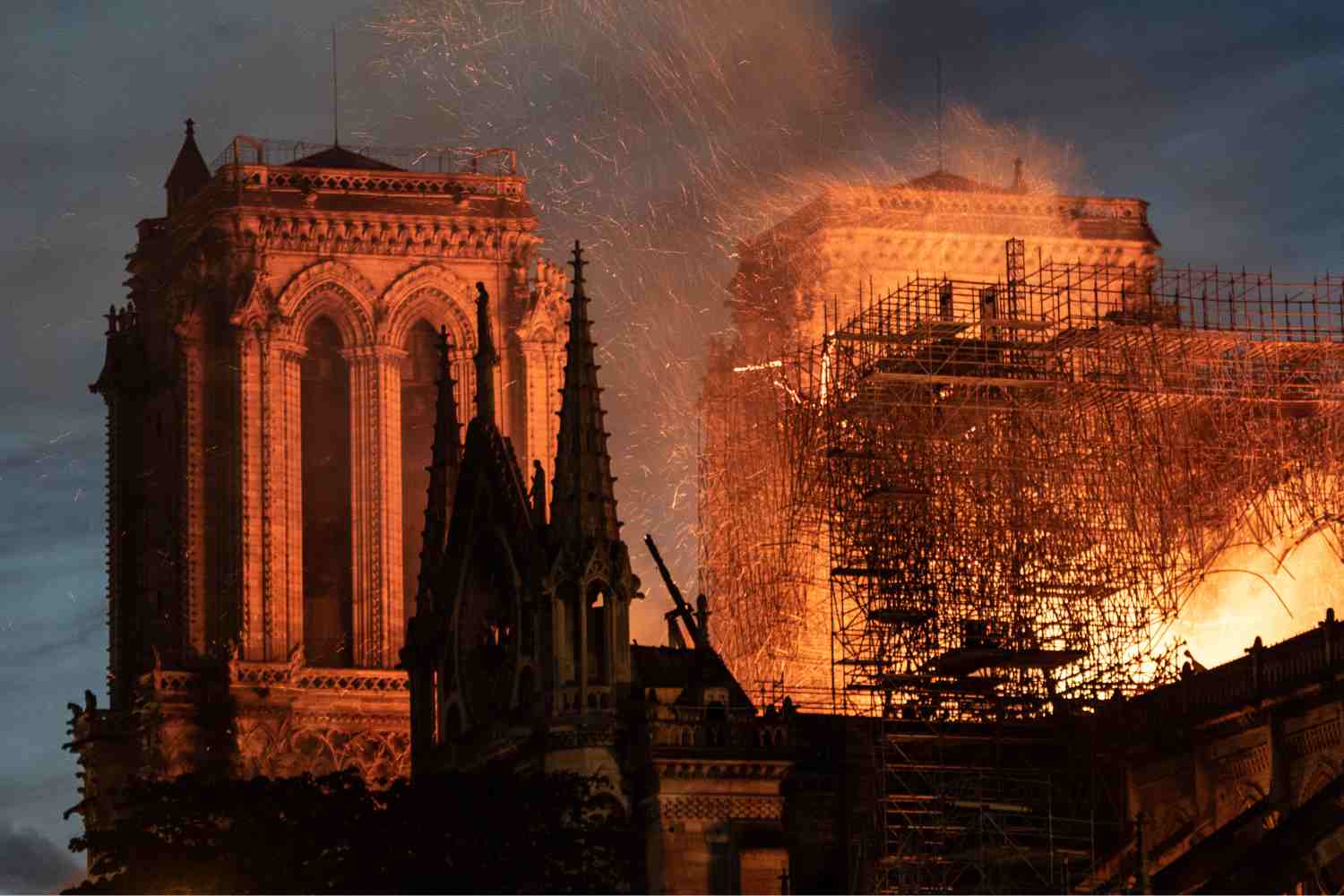
Milan Cathedral – Milan, Italy
The Milan Cathedral is also known as the Duomo Di Milano. Construction of the cathedral took around 60 years, and it is the largest church in Italy and the third largest in Europe. Located in the Piazza Del Duomo, the city’s main square, it is a popular destination in Milan and one of the most beautiful squares in Europe. There are said to be more statues crafted onto this cathedral than any other building in the world, and if you look at it, it’s not hard to believe.

Barcelona Cathedral – Barcelona, Spain
The Barcelona Cathedral is the seat of the Archbishop of Barcelona. Also known as The Cathedral of the Holy Cross and Saint Eulalia, it is one of Spain’s best examples of Gothic architectural style. Often overshadowed by the world-renowned Sagrada Familia, this cathedral is still one of Spain’s most spectacular religious landmarks. Walking around, you will see many weird and interesting gargoyles of wild animals and obscure creatures. Be sure to make your way to the rooftop, where you can admire the spires and incredible views over the city.
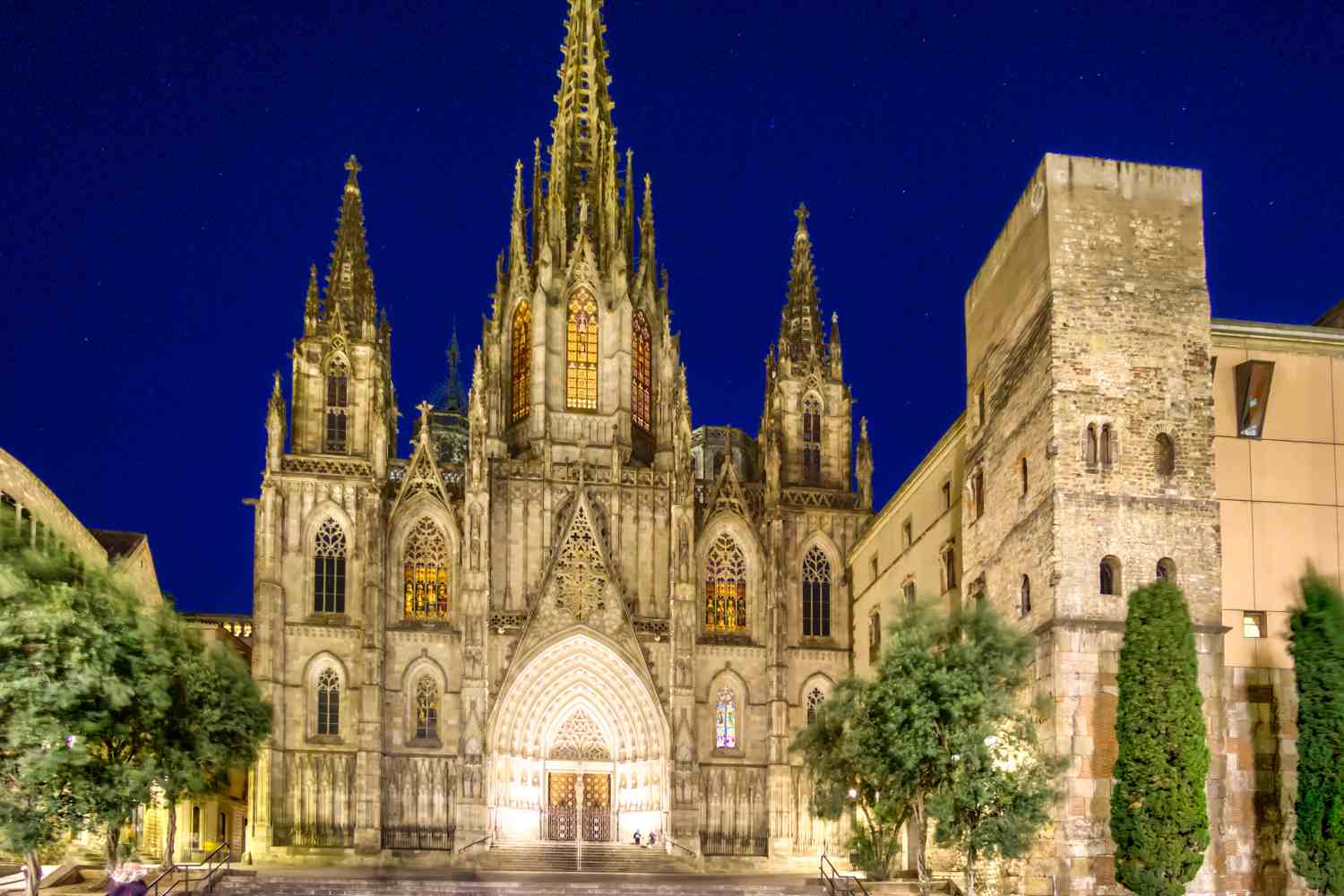
St Stephens Cathedral – Vienna, Austria
This cathedral is a prominent landmark of the Vienna skyline with its brightly coloured roof tiles and is still one of the city’s integral Gothic structures today. The second largest free-swinging bell in Europe, the Pummerin, is in the north tower. Inside, you will find treasures which include relics decorated with gold.

Saint-Étienne de Bourges – Bourges, France
The Cathedral of Bourges is an exemplary masterpiece of early Gothic architecture. It was based on Notre Dame in Paris but with improvements in design. Unusually there are no transepts, which are the horizontal part of the cross shape when looking from above. Due to its incredible design and stained glass windows, the cathedral is now a World Heritage Site.
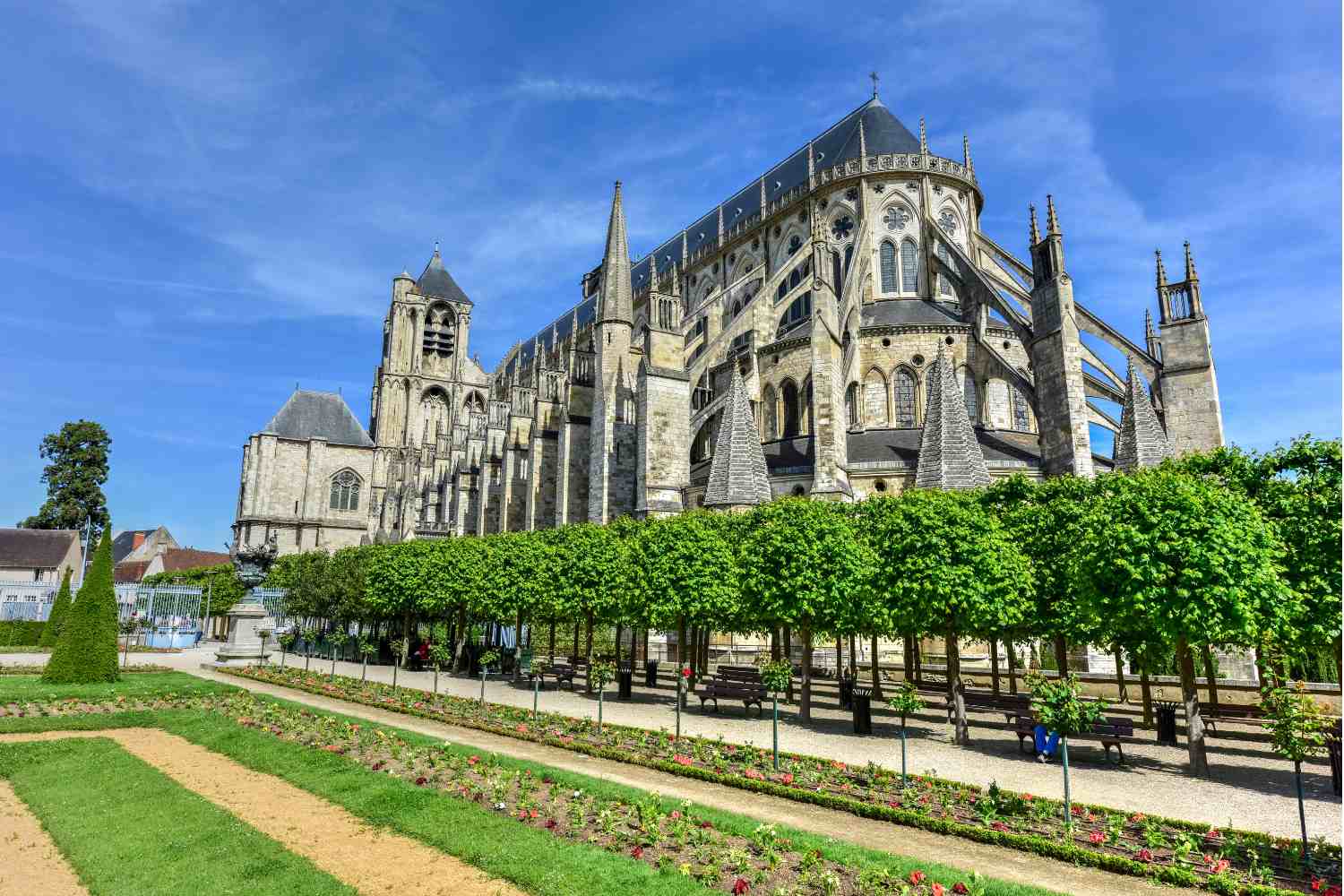
Ulm Minster – Ulm, Germany
Ulm Minster is the tallest church in the world at over 160 metres. However, this is only until the eventual completion of the Sagrada Familia in Barcelona. Although often referred to as so, Ulm Minster is not a cathedral, but due to its vast size, it cannot be ignored. During the Second World War, the city of Ulm was destroyed, but the church remained virtually untouched.

Canterbury Cathedral – Canterbury, England
Canterbury Cathedral is the seat of the Archbishop of Canterbury and is also the mother church of the Anglican Communion. Originally the cathedral wasn’t built in a Gothic style but underwent a significant extension in the 12th century. Inside, you will find a Romanesque crypt and glorious medieval stained-glass windows. Also, one of the only four remaining Magna Carta’s was made for the Canterbury Cathedral. Of which the then archbishop, Stephen Langton, was instrumental in its creation.

Le Seu – Palma de Mallorca, Spain
Construction of The Cathedral of Santa Maria of Palma began in the 13th century. Its nave is one of Europe’s largest and comparable to that of Notre Dame in Paris. There is a large rose window, one of the biggest in the world, stretching to an impressive 14-metre diameter. They call it the ‘Gothic eye’.
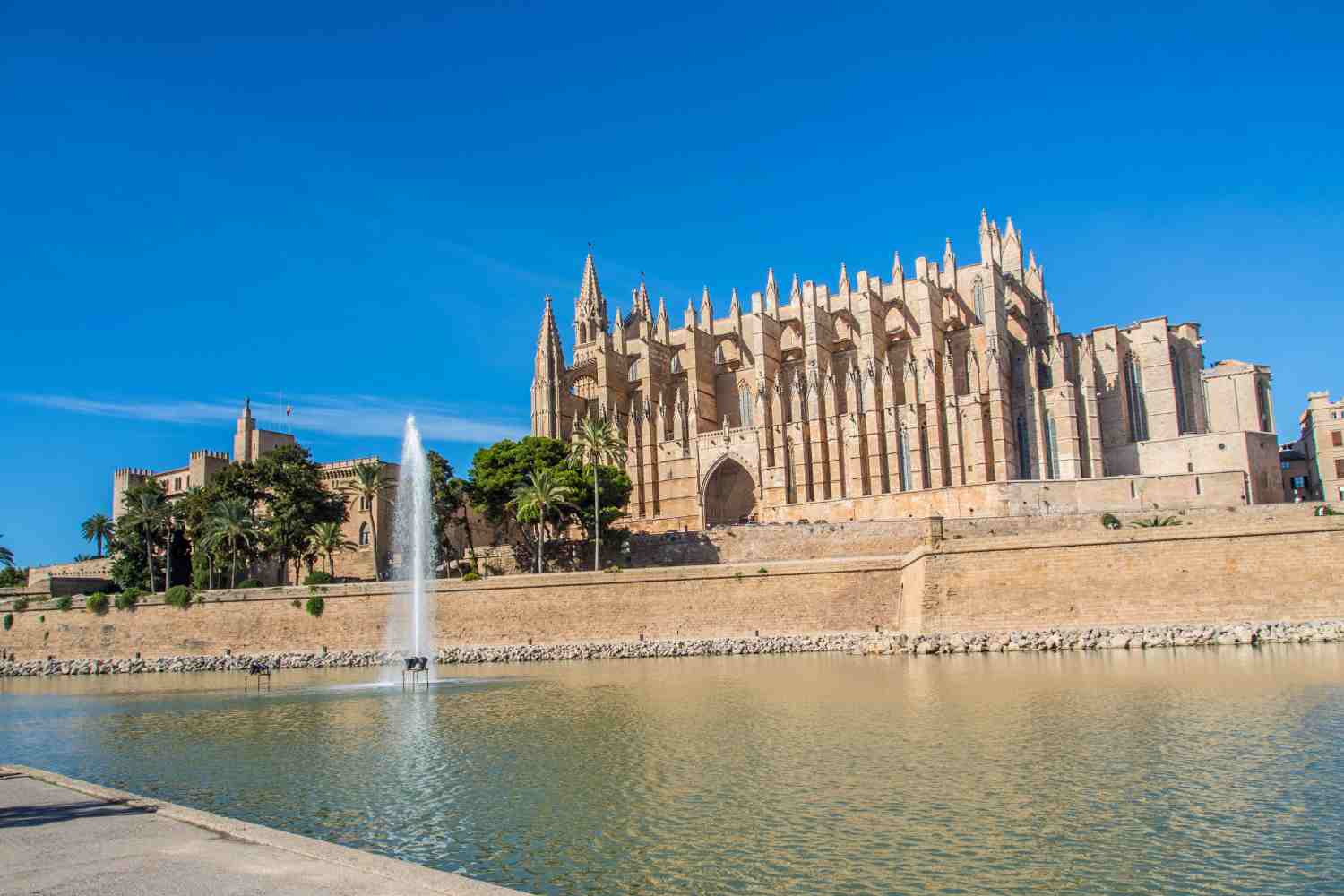
Duomo Cathedral – Florence, Italy
The Duomo Cathedral in Florence was previously called the Cathedral di Santa Maria del Fiore. Construction started in 1296 and took an incredible 140 years to complete. The recognisable dome, designed by Filippo Brunelleschi, still needed to be implemented over a hundred years after its construction. The exterior is made of pink, white and green marble, giving the landmark a unique appearance. The main attraction within the cathedral is the mosaic pavements. It is the tallest building in Florence and can be seen throughout this enchanting city.

Reims Cathedral – Reims, France
Also known as Our Lady of Reims, it is a witness to the crowning of numerous Kings of France between the 1200s and 1800s. It had been where Royals saw fit to be crowned ever since Clovis, the king of the Franks, was baptised here. During the First World War, much of the cathedral was heavily damaged by shelling but, fortunately, was able to be rebuilt. The exterior is teeming with statues. Inside you can enjoy the rose window’s colour above the leading portal.

St Vitus Cathedral – Prague, Czech Republic
As the seat of the Archbishop of Prague, St Vitus is the most important religious building in the Czech Republic. It was constructed in what would later be known as a late Gothic style in 1344. The cathedral influenced this style, where flying buttresses became evermore lavish in detail.

Amiens Cathedral – Amiens, France
Amiens Cathedral, or as it is otherwise known, the Notre- Dame d’Amiens, is the largest Gothic structure in France. The nave is an incredible 42 meters above the ground. The exterior is striking with its large portals and rose windows, completed in a flamboyant Gothic style. Inside, it is clear to see the sheer size of this architectural feat.

Seville Cathedral – Seville, Spain
The Cathedral of Seville, when constructed, became the largest cathedral in the world, surpassing the Hagia Sophia in Istanbul. Today, it is still the largest Gothic cathedral in the world. The most prominent feature is the Giralda bell tower. The tower was only sometimes part of the cathedral. It was, in fact, a minaret of a mosque which once stood at this spot during the Muslim rule of the country.

San Martino – Lucca, Italy
The Lucca Cathedral, San Martino, is nicknamed ‘The Hidden Cathedral’ due to its secluded location within the city. The square where it resides contains buildings from a multitude of different architectural styles. The exterior of the San Martino is, in fact, of Romanesque styling, but it is the interior décor that includes late Gothic influences. The cathedral also contains a labyrinth of which the pattern matches that of Chartres and is thought to have pre-dated that of the French cathedral.

Beauvais Cathedral – Beauvais, France
The Beauvais Cathedral symbolises the height which Gothic architecture set out to achieve. A spire was constructed instead of a nave, and in the 1500s, it was the tallest building in the world. Although, not too long after its completion, the spire collapsed. Despite this, it was still the tallest vault built throughout the Gothic period, which is apparent when you walk inside. Plans to build a nave did begin, although, to this day, it still needs to be completed and is one of the only cathedrals not to include a nave.

From the majestic heights of Ulm Minster to the Romanesque crypt in Canterbury Cathedral, it is clear that Gothic cathedrals have had a lasting impact on Europe. Each cathedral holds its unique beauty and history, making them all worthy of admiration. Whether you are looking for soaring towers or intricate details, these cathedrals have something special to offer visitors worldwide. No matter where your travels take you, check out some spectacular structures and appreciate their timeless beauty!
Recent Articles

Discover The Most Romantic Cities in Europe
Discover The Most Romantic Cities In Europe When it comes to romantic city breaks for couples, there is no place better than the enchanting cities of Europe. Many of the cities come with an element of romance. From the cobbled
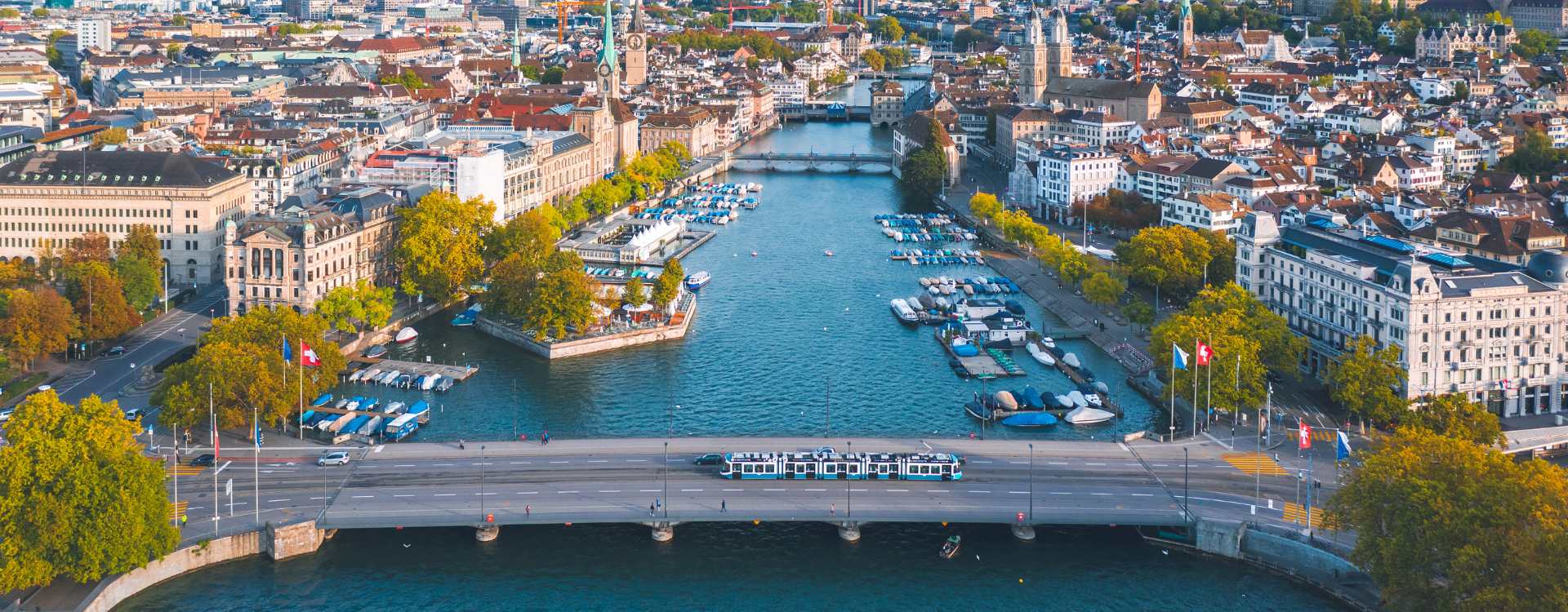
Explore The Green Cities In Europe
Explore The Green Cities In Europe If you are considering heading into Europe to explore some of the many cities on offer, then you are spoilt for choice. However, consider heading to one of the many green cities supporting sustainable

Best Vegan Cities in Europe – Where to Eat & Explore
Best Vegan Cities in Europe – Where to Eat & Explore Europe has long been a melting pot of cultures, cuisines, and lifestyles, but in recent years, it’s also become a haven for those with a penchant for plant-based living.
